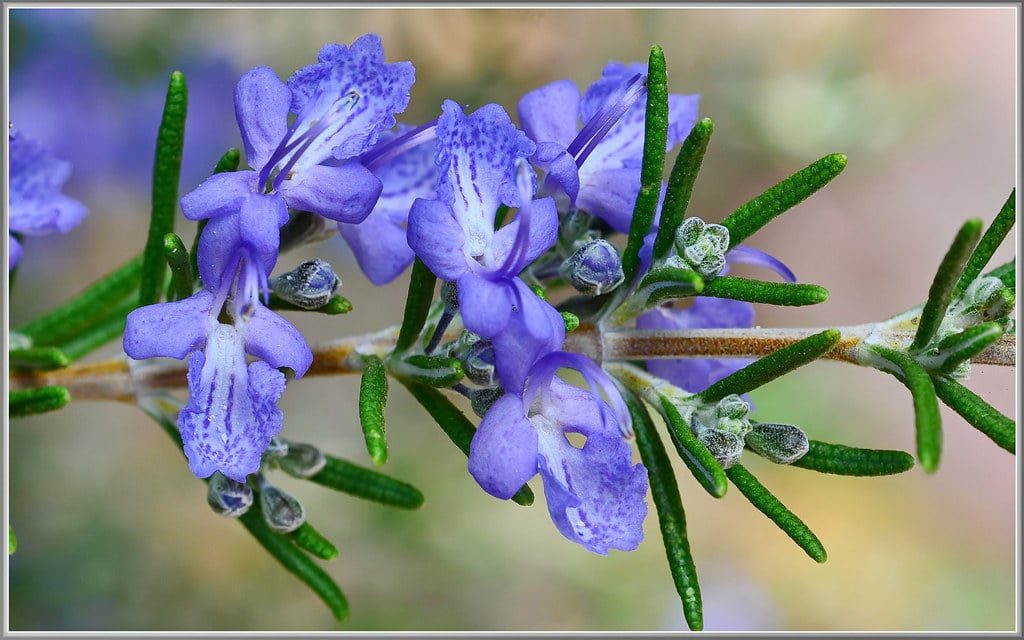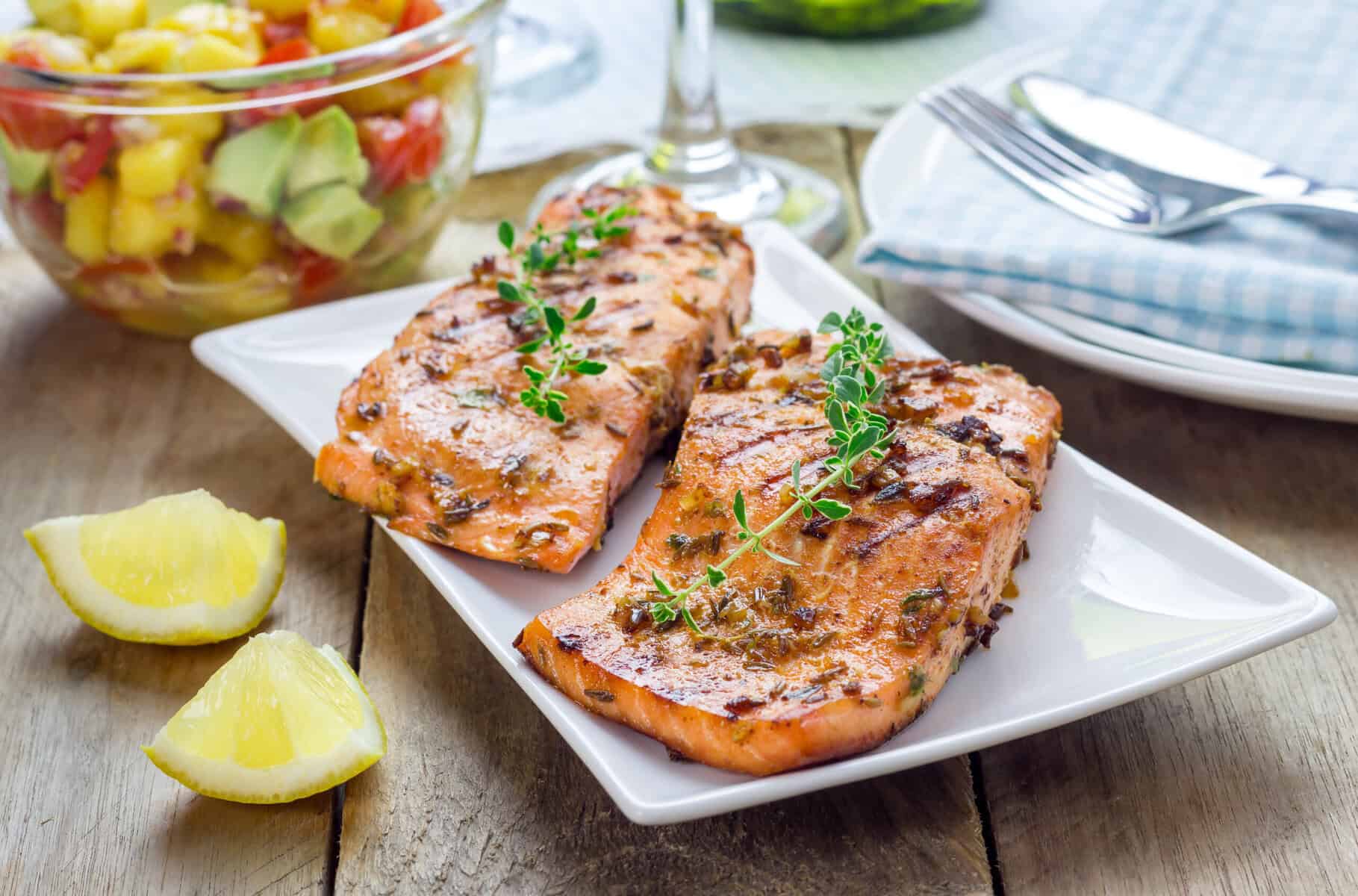Dreaming of an abundant edible garden but missed the early spring growing window? Even though the last frost hit most of the U.S. weeks ago, it's not too late to get plants in the ground (or windowsill) for a late summer or fall harvest. Here are a few low-maintenance crops that you might still be able to sneak in depending on your hardiness zone—and some top tips on how to nurture them to tasty perfection.
Low-maintenance crops to add to your garden this year:
- Basil: "Culinary herbs are the most forgiving thing that you can grow, and you'll have something to harvest right away," organic gardener Allison Vallin Kostovick of Finch & Folly farm in Maine tells mbg. She lists mint, oregano, sage, and parsley as some of the best types for beginners to try, but for late-season growing, basil is her top pick: "Basil is a great one that you can still sow by seed now and have it come up in time." Check out our guide to herb gardening for pointers on how to help your basil baby thrive.
- Radishes: Radishes are another low-maintenance favorite ofVallin Kostovick because they grow quickly, going from seed to crisp veggie in as little as a month. This is one plant that doesn't love hot weather, so if you haven't put them in soil by now, you'll want to wait until August or September for a fall harvest. If your crop does bolt in the heat, she recommends letting it go to flower—radish seed pods are edible!
- Mesclun mix: Growing individual heads of lettuce is fairly straightforward, but Vallin Kostovick finds mesclun mixes even easier (and more fun!) to cultivate. This is a cut-and-come-again crop, meaning you can sprinkle your seeds all over a bed and grow a whole sheet of greens that you can snip off a bit at a time. This is another crop that won't do well in the height of summer but would make for a nice addition to your fall garden.
- Sugar snap peas: "Sugar snap peas will make even the most amateur gardeners seem like veterans," says North Carolina–based organic grower Ashlie Thomas. "Give them some water, give them some sun; they are prolific." They appreciate warm soil so gardeners in many parts of the U.S. can get away with planting them now.
- Bush beans: These green beans grow on a short, bushy plant. Vallin Kostovick says they're an easy plant to grow with young kids, as their seeds will be big enough for their tiny hands to handle. Like sugar snap peas, they like warm soil and are fast growers.
Top tips for the beginner veggie gardener.
Before you get your seeds in the ground, here is Thomas and Vallin Kostovick's advice for the starter gardener:
- Start small: While it's tempting to dive head-first into your edible gardening journey, Thomas and Vallin Kostovick both recommend starting with a small plot until you get the hang of things.
- Try to plant a few different things: If the wonky weather across most of the country is any indication, chances are not all of your crops will make it to harvest this year. So while you'll want to keep your garden small to start, growing multiple types of plants will increase your chances of survival. With that being said, be strategic when getting them in the ground, and don't try to cram too much into a small space. Thomas says that overcrowding can foster disease and cause your plants to zap nutrients from each other.
- Grow things that taste good together: When considering what plants to place next to each other in the garden, Vallin Kostovick follows the saying, "What goes well together in the kitchen grows well together in a garden." She explains that while pasta sauce ingredients like tomatoes, onions, oregano, and basil can all go in the same bed, your tomatoes and watermelon are best kept apart.
- Try growing new-to-you foods: Gardening is a fun way to grow varieties that you wouldn't be able to find in the grocery store. This year, Vallin Kostovick is experimenting with cucamelons—which look like teeny-tiny watermelons but taste like a cucumber with the bite of a lime.
- Add some companion plants: Thomas loves surrounding her edible crops with companion plants like marigolds and nasturtiums. They can help increase soil nutrients and repel harmful bugs; consider them nature's pesticides.
- Be gentle on yourself and have fun: "If you're not making a mistake, you're probably not gardening," Thomas jokes. When you approach your garden with the intention of having fun and learning, the inevitable missteps won't phase you.
The bottom line.
It's not too late in the year for the starter gardener to put some veggies, herbs, and legumes in the ground. With a little planning and the right mindset, you could be enjoying a homegrown snap pea, radish, and bush bean salad come autumn.
Want to learn how feng shui can help you create a high-vibe home and set powerful intentions to manifest your dreams? This is feng shui the modern way - no superstitions, all good vibes. Click here to register for a free session with Dana that will give you 3 tips to transform your home today!
AdvertisementOriginal Article










